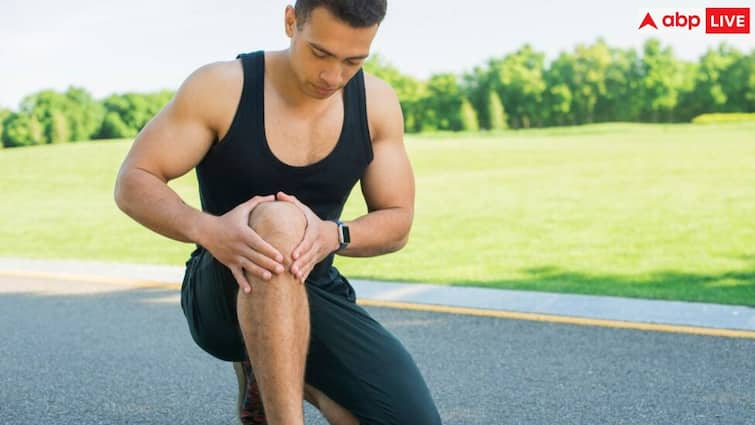Running for some time a day keeps your health fit and healthy. As long as the way of running is correct. When most people try to run instead of walk on potholed roads and rocky paths, the risk of injury increases. However, running is an exercise in its own right. Apart from other parts of the body, it also proves beneficial for the knees. Despite this, some people complain of pain and swelling in their knees after running. Is running beneficial or harmful for knee health?
What does research say about knee health and running?
According to the National Institute of Health, research has been conducted on runners and non-runners for two decades. It was found that 20 percent of runners had symptoms of osteoarthritis. While the number of those who did not show up was 32 percent. According to research, running puts more strain on the knees than walking. But at the same time, the knee bones begin to become stronger. There is no link between running and increased knee pain. Running is beneficial for people who experience mild knee pain.
effect of running on your knees
Most people think that when running, the feet hit the ground hard, damaging the knee muscles. But that’s not true, the truth is that running with supportive shoes is considered a complete exercise. The amount of fluid in the joints increases due to the pressure placed on the knees when running. Due to which lubrication is maintained and joint problems are eliminated.
1. Risk of arthritis is reduced
Research conducted by the National Library of Medicine on marathon runners found that running does not increase the risk of arthritis. As the body moves into a running position, pressure begins to build up on the knees. Thanks to which their mobility improves. This is a cardio exercise that requires no equipment.
2. Increase joint lubrication
The knee joint is surrounded by soft tissue on all sides. This is called the synovial membrane, which produces lubrication. With its help, the bones come together more easily when running or walking. Regular exercise and running stimulate the production of synovial fluid in the body. This can prevent joint problems in the long term.
3. Strengthen bones
Bone weakness increases with age. But running regularly reduces stiffness in leg muscles and strengthens bones. In such a situation, it is beneficial to do a little warm-up before running. This can prevent injury.
4. Increases blood circulation in the joints
Running increases your heart rate and increases blood circulation in the body. A regular blood supply ensures a continuous supply of oxygen and nutrients to the synovial membrane. This helps repair tissues.
How to avoid knee pain
Do stretching exercises: Tight muscles lead to poor form, which increases the risk of injury while running. In such a situation, do stretching exercises before running. This increases muscle flexibility and helps you run longer.
Go from slow to fast: To keep the body active and avoid fatigue, walk slowly first, then start walking quickly. This improves running time and keeps the body active. Going too fast and applying too much force can cause knee problems.
Take care of your body’s capabilities: run as much as your body’s endurance allows. Running beyond your body’s capabilities starts to take its toll. Because of this, the body constantly remains tired and weak, making it difficult to achieve long-term goals.
Wear knee pads: Remember to wear knee pads before running to protect your knees from any damage. This helps maintain leg mobility even while running. This can prevent any type of risk, including knee cramps.
Disclaimer: Some information in news stories is based on media reports. Before implementing any suggestion, you should consult the relevant expert.
Check out the health tools below –
Calculate your body mass index (BMI)
